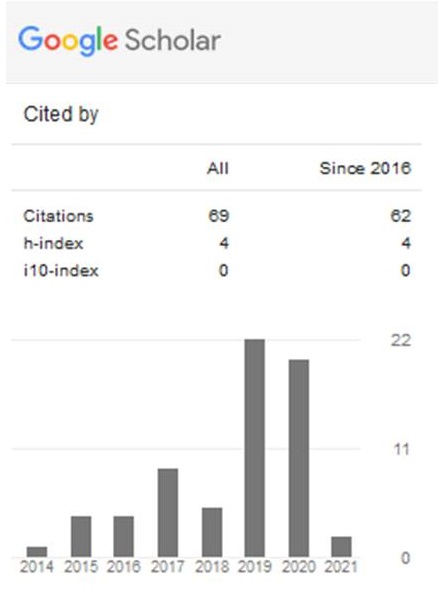Pengendalian Penyakit Layu Fusarium dengan Trichoderma sp. pada Dua Varietas Tomat
Abstract
Important disease have to be controlled on tomato plant is fusarium wilt. One environmentally friendly control technique is using Trichoderma sp. This study aims to determine the effect of Trichoderma sp. in controlling fusarium wilt on two varieties of tomatoes. The experimental design used was completely randomized design (CRD) two factors, namely the variety and control technique. Varieties factor consist of Tymoti (V1) and Rose (V2). Control technique factor consists of no control (P0), fungicide active ingredient Benomyl (P1), Trichoderma density of 106 spores/ml (P3), and Trichoderma density of 108 spores/ml (P4), so there are eight combinations of treatment and repeated 3 times. Data were analyzed by analysis of variance followed by Duncan test level of 5%. Fusarium sp. shows the characteristics of yellowish-white colonies with a crescent-shaped insulated conidia. Trichoderma sp. shows the characteristics of dark green colonies with spherical spores. The results of in vitro inhibition test showed that Trichoderma sp. abled to inhibit Fusarium sp. nearly 100%. Rose varieties showed disease severity 0% on all control techniques and Tymoti showed disease severity 100% on without control technique factor. Controlling by Trichoderma 106 spores/ml in Tymoti varieties can suppress the disease up to 13.89% and Trichoderma with density 106 spores/ml showed results of 1490 g per plant, weight of 38.98 g per fruit, and fruit production 4460 g.
Keywords
Full Text:
PDFRefbacks
- There are currently no refbacks.

_2017.jpg)



